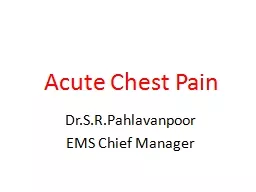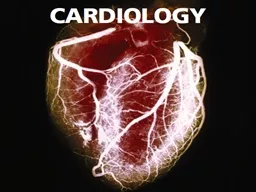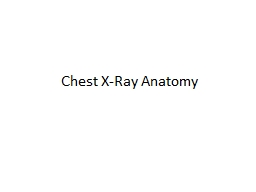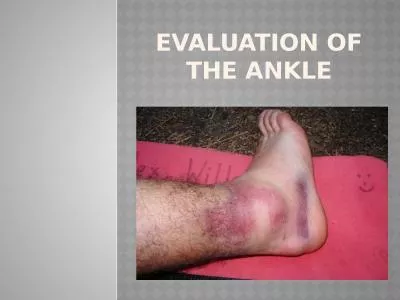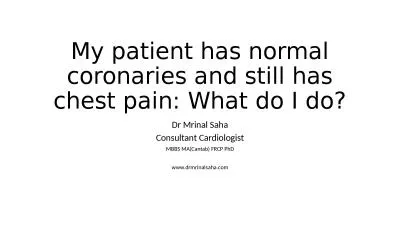PPT-Low risk chest pain evaluation
Author : Tornadomaster | Published Date : 2022-07-28
Is that cardiac chest pain Peter Llewellin August 2011 Revised July 2016 Background Chest pain common presentation 10 ED visits ACS only small proportion of this
Presentation Embed Code
Download Presentation
Download Presentation The PPT/PDF document "Low risk chest pain evaluation" is the property of its rightful owner. Permission is granted to download and print the materials on this website for personal, non-commercial use only, and to display it on your personal computer provided you do not modify the materials and that you retain all copyright notices contained in the materials. By downloading content from our website, you accept the terms of this agreement.
Low risk chest pain evaluation: Transcript
Download Rules Of Document
"Low risk chest pain evaluation"The content belongs to its owner. You may download and print it for personal use, without modification, and keep all copyright notices. By downloading, you agree to these terms.
Related Documents

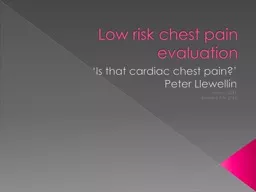

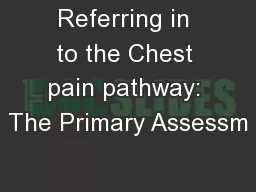
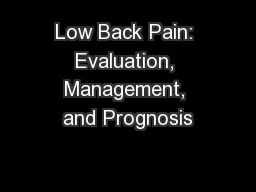
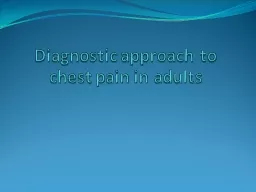
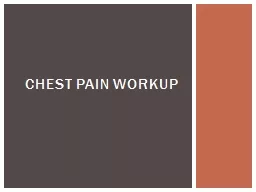
![[READ] Low Carb: Low Carb Weight Loss Secrets Box Set (Dash Diet, Slow Cooker Meals, Low](https://thumbs.docslides.com/881235/read-low-carb-low-carb-weight-loss-secrets-box-set-dash-diet-slow-cooker-meals-low-carb-cookbook-low-carb-recipes-low-car.jpg)

